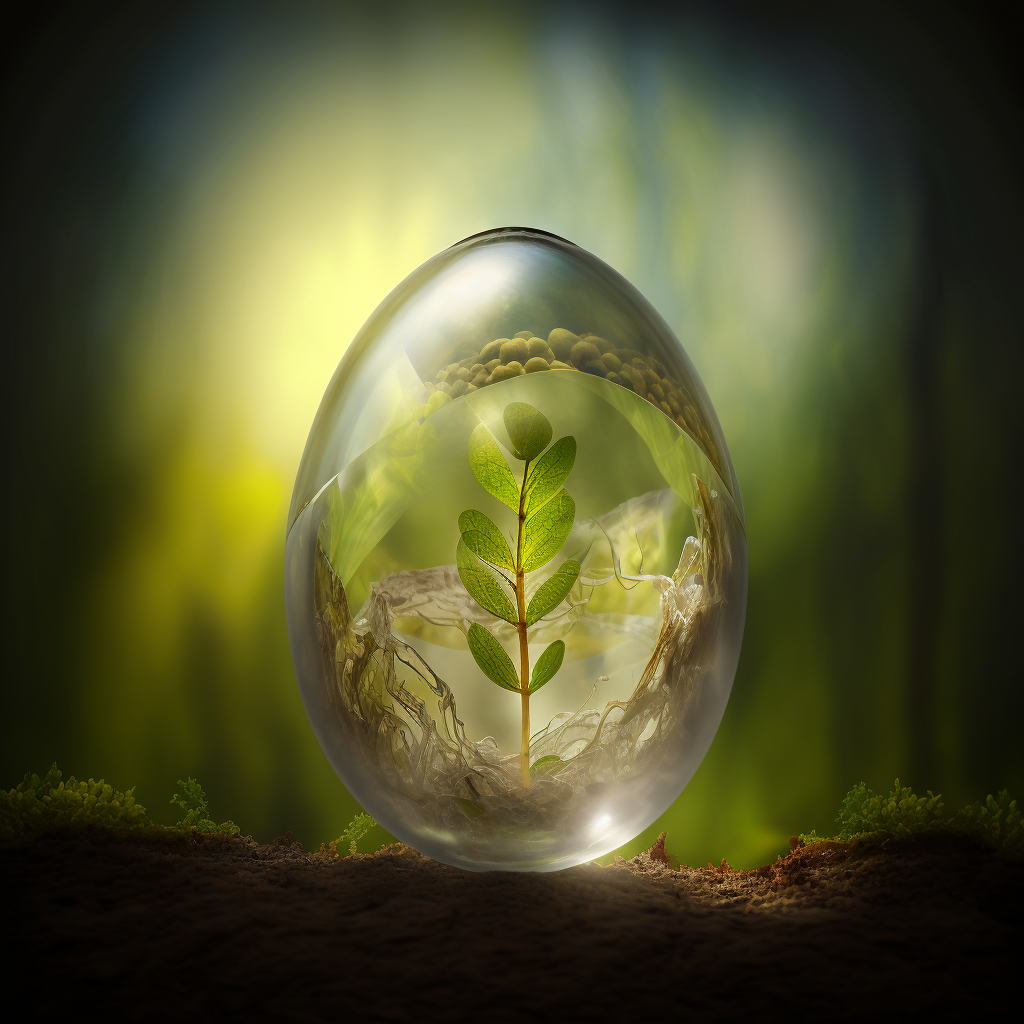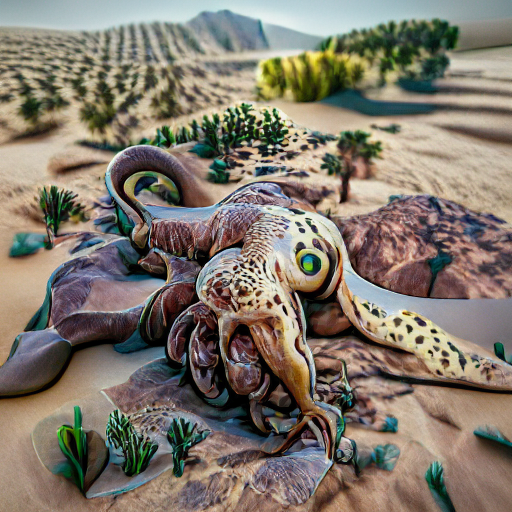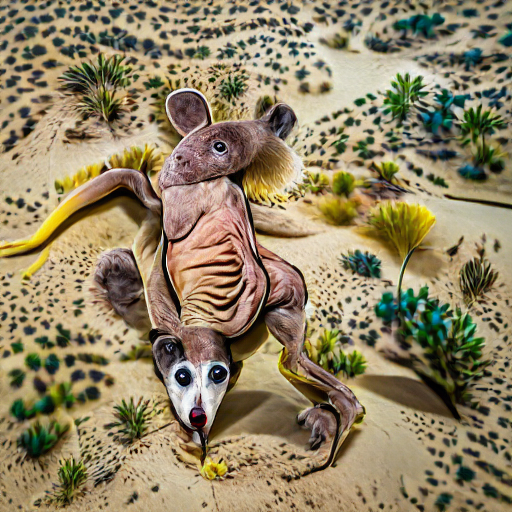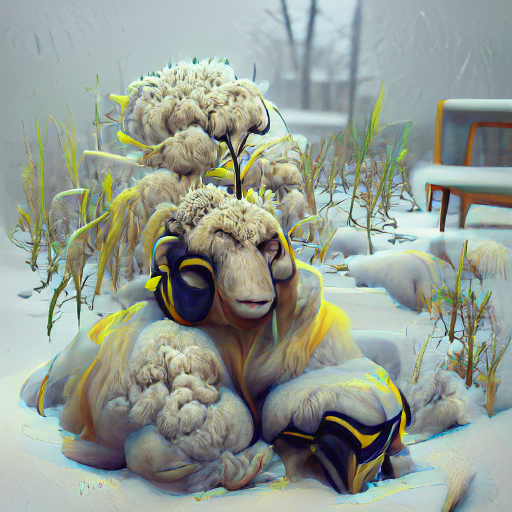

A rare incubating leaf. When hatched, it's roots suck up all the nutrients in the soil and destroys the plants around it. These plants hatch a hundred years after they are taken out of their mother plant.
The size of the leaves depends on how far it is from its mother plant when it hatches. The closer to its mother plants, the larger the leaves.
The roots of the panileaf can be used as medicine for malnutrition as well as a drug. The leaves have no purpose other than helping to reproduce.
The panileaf can be eaten by animals that have a stone stomach.
Explore an endless universe of ficticious life on NovelGens.





